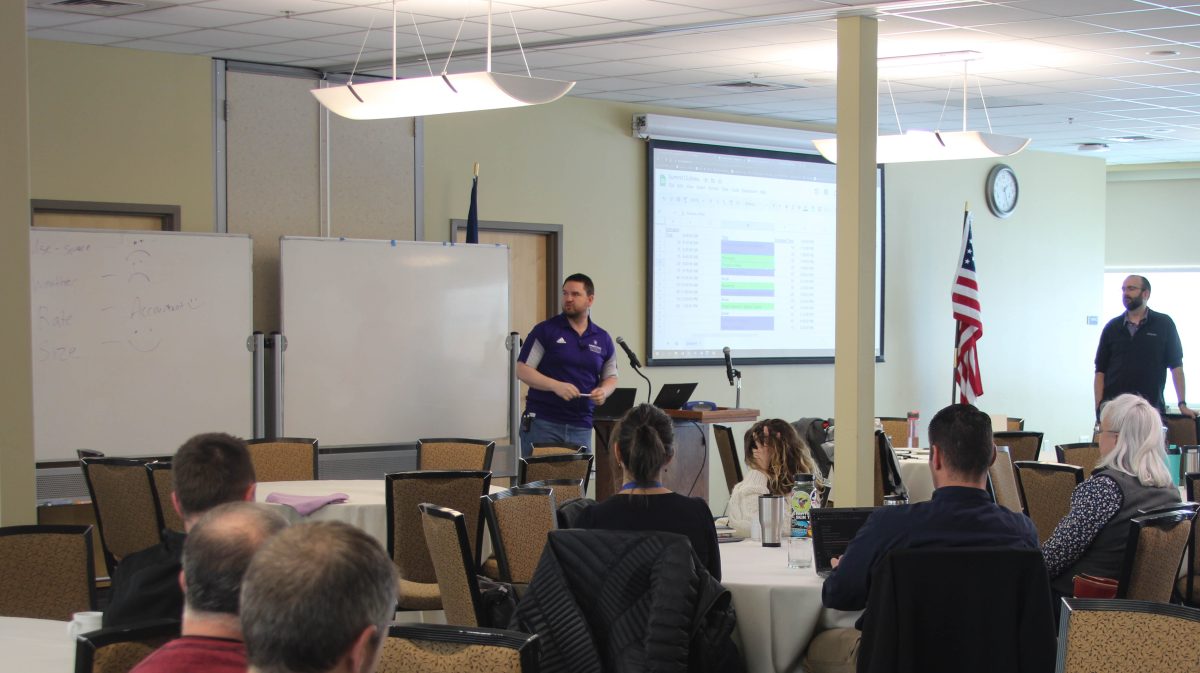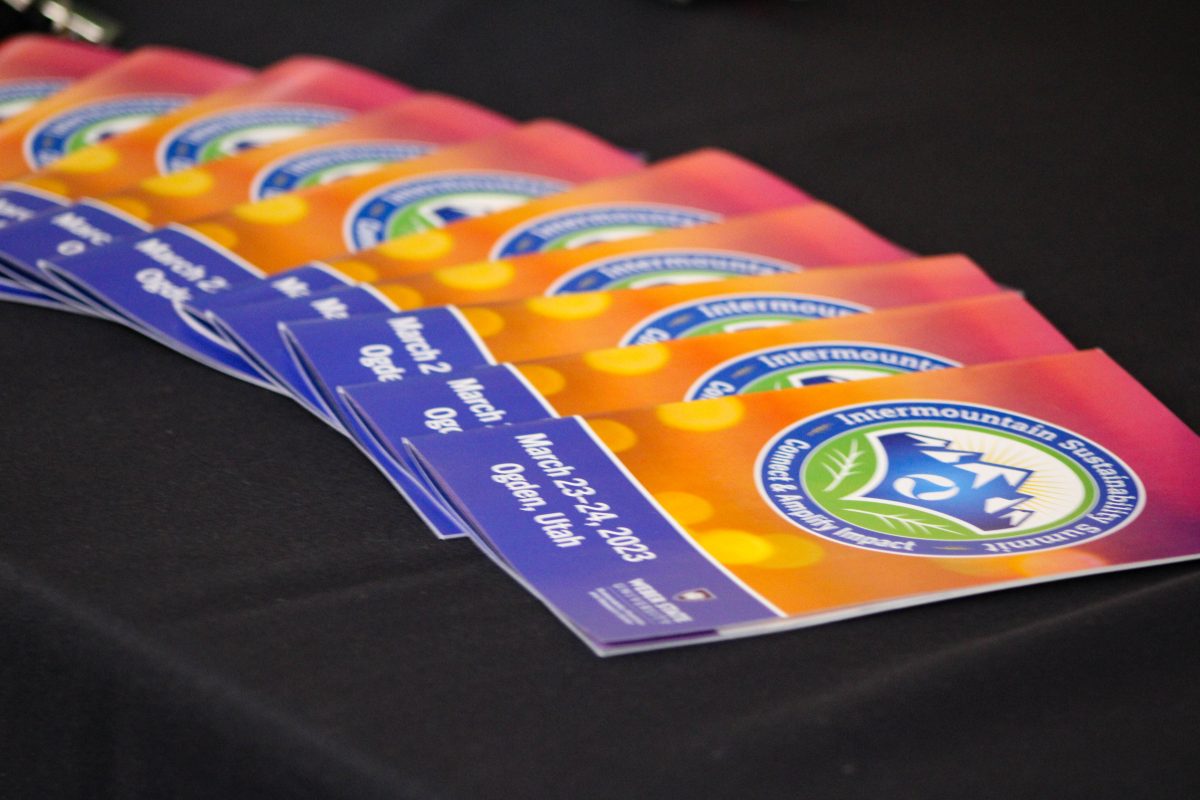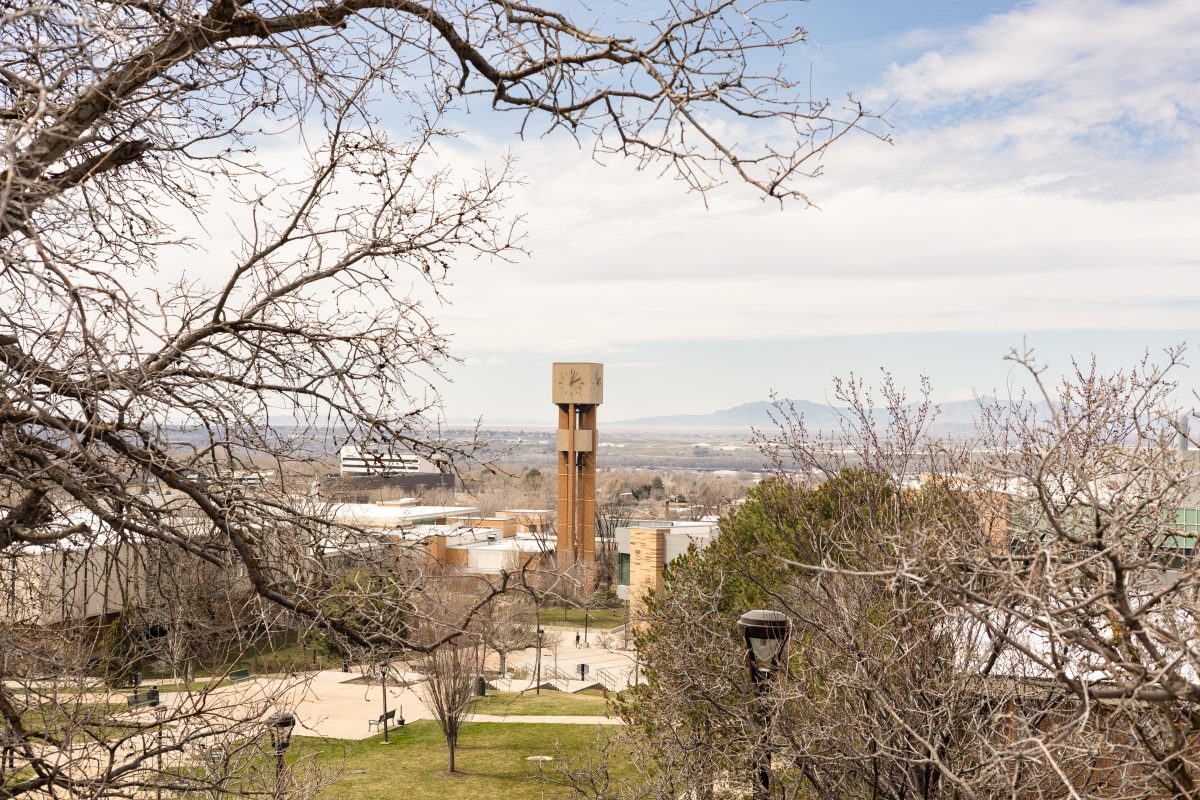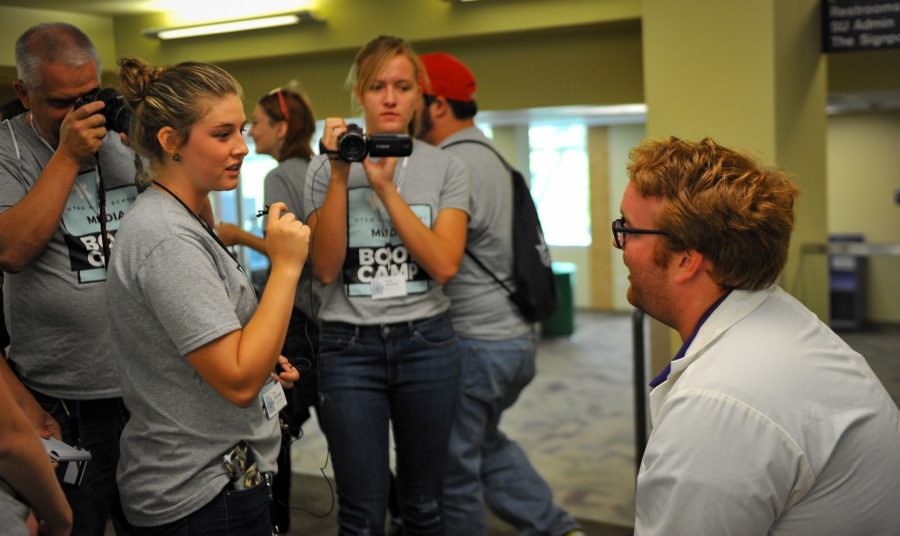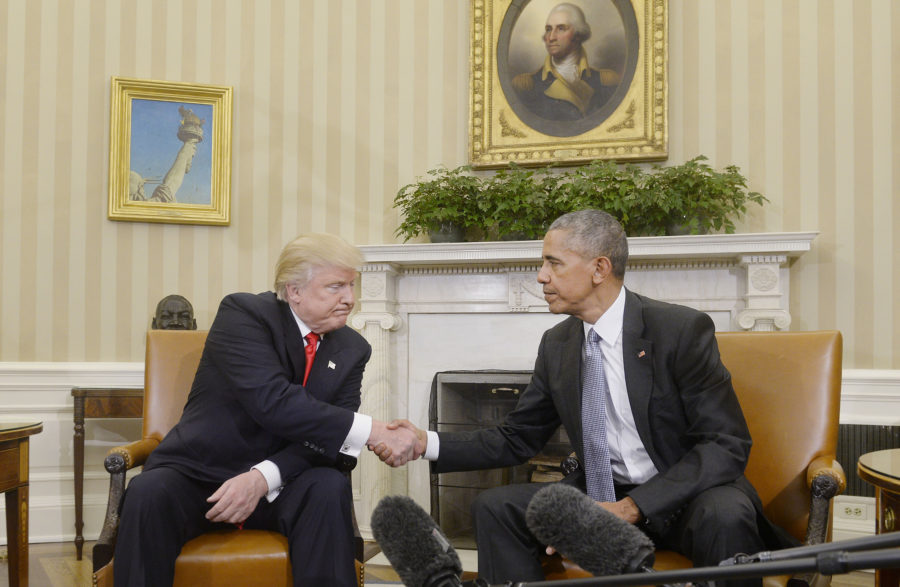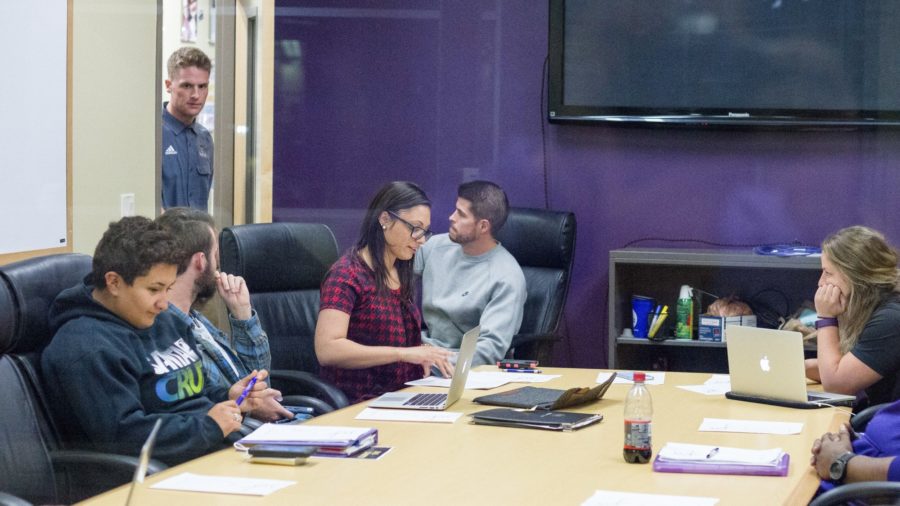With severe floods sweeping through our state as well as neighboring New Mexico and particularly Colorado, it seems as good a time as any to talk about disaster preparedness. While we know a fair amount of people out there are rooting for a zombie apocalypse as the disaster of choice, those of us here in Utah are more likely to suffer from other tragedies, like fires, earthquakes, blizzards, bizarre weather (wind, I’m looking at you) and, yes, floods.
If one of these disasters happened to you tomorrow, about how freaked out would you be?
It’s true that you can’t be prepared for everything, but that’s not to say you can’t at least try. While you don’t need to build a doomsday castle or an underground bunker stocked with enough provisions to last through nuclear fallout, a bit of effort here and there toward your own personal preparedness could mean a little less misery in an already miserable situation.
1. Get in the mindset. The first step in any disaster preparedness plan is to have the thought that, hey, disasters could happen to you. At any time. And any place. When you’re aware that you don’t live in a force field, that opens the door for all sorts of other thoughts. Like what would happen if zombies attacked while you were taking a math test at the testing center . . . or, more on topic, what you would do if you were stranded at school all night due to a blizzard.
Of course, that doesn’t mean going around all paranoid and squawking about the end of the world. All it takes is a simple “hmm, if this happens . . .” Trust us, you do this already with normal everyday things like dates and grades. It’s not a big deal.
2. Have a plan. This requires a little more effort. For one, you’ve got to think of possible disasters, like every Utahn’s favorite, the infamous earthquake. OK, so let’s say you’re at school, and an earthquake strikes, knocking out communication and roadways. What do you do next? Most people will try to go home. What about your family? Do they know to go home? And what if your home isn’t there anymore? Think of places to meet up with people you care about, and then talk it through with them beforehand. You can’t rely on the phone or the Internet when crap happens. Disasters have a nasty habit of making technology unreliable.
Sound a little too extreme for you? Then how about we start a little smaller . . .
3. Build your supplies. This doesn’t mean you have to go out to Smith and Edwards and load up your mom’s truck. It can mean rearranging stuff you already have. Think of where you most likely will be or what you’ll have with you most of the day and night and go from there. For example, many people have their vehicles in walking range during the day. While we’re all for supporting public transport, our commuter ways may be a benefit in a disaster. Whether keeping your gas tank above half-empty or storing an extra jacket or blanket in your car, you never know what you might need and when.
Being prepared for the worst doesn’t have to be an ordeal. It can be easy and almost fun. And when the bad comes knocking down on your otherwise sane life, you’ll be glad you thought of it.






